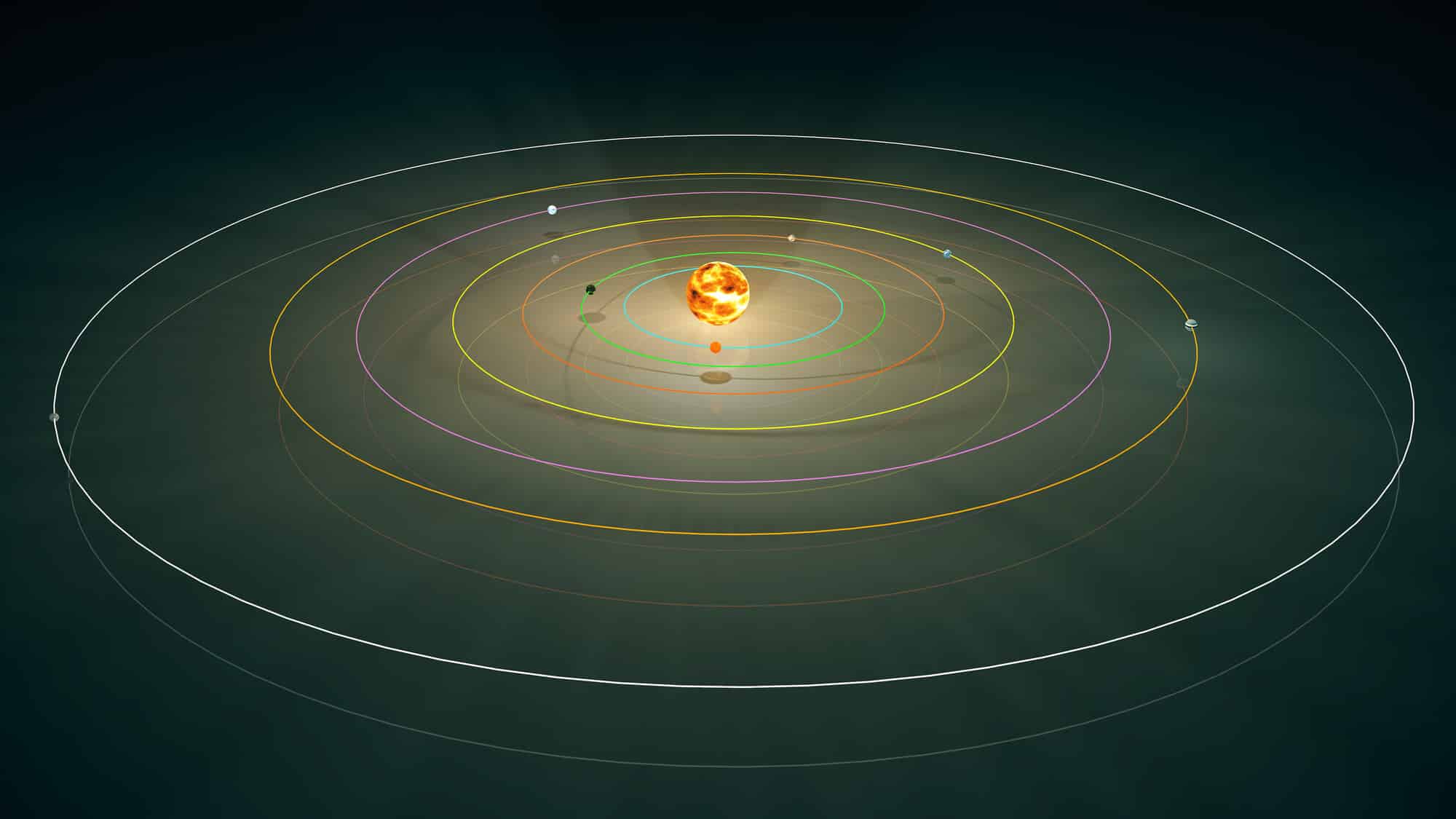A computerized system classifies the atmospheres of planets outside the solar system. and determines which of them are capable of sustaining human settlement in the future

Many scientists are looking for exoplanets (worlds outside the solar system) where humans could one day settle, especially ones where no climate crisis has occurred. As part of this search, the James Webb Space Telescope is being built to provide detailed observational data about Earth-like exoplanets in the coming years.
In a recent project, Dr. Assaf Hochman from the Freddy and Nadine Herman Institute of Earth Sciences at the Hebrew University of Jerusalem, together with Dr. Tadaush Komatsek from the University of Maryland and Dr. Paolo De Luca from the Center for Supercomputers in Barcelona, successfully developed a framework for studying the atmosphere of Distant planets and finding the planets suitable for human habitation without physically visiting them. Their findings were recently published in the Astrophysical Journal.
A key component in determining whether exoplanets are suitable for human life is the classification of climate conditions and the measurement of climate sensitivity. This study focused on TRAPPIST-1e, a planet that Webb will observe next year and is about 40 light-years from Earth. The researchers examined the sensitivity of the planet's climate to an increase in greenhouse gases and compared it to conditions on Earth. Using a computer simulation of the climate on TRAPPIST-1e, they were able to estimate the effect of changes in the concentration of greenhouse gases.
The study focused on the effect of an increase in carbon dioxide on extreme weather conditions, and the pace of changes in the planet's weather. "These two variables are critical for the existence of life on other planets, and they are now being studied in depth for the first time in history," explained Hochman.
According to the research team, studying the climate variability of Earth-like exoplanets makes it possible to better understand the climate changes we are currently experiencing on Earth. In addition, this type of research gives a new understanding of how the Earth's atmosphere may change in the future.
Hochman and his research partners found that the atmosphere of the planet TRAPPIST-1e is much more sensitive than the Earth's atmosphere. They estimate that an increase in greenhouse gases there could cause more extreme climate changes than we experience here on Earth because one side of TRAPPIST-1e regularly faces its Sun, just as one side of our Moon always faces Earth.
Hochman added: "The research framework we have developed, together with the observational data from Webb, will allow scientists to effectively assess the atmospheres of many other planets without sending a space crew to physically visit them. This will help us make informed decisions in the future about which planets are good candidates for human settlement and maybe even find life on these planets."
More of the topic in Hayadan:

6 תגובות
Some noticed that a breakthrough was achieved in calculating the populations of a star and not by an astrophysicist but by a weather expert.
True - a star does not have to look like the Earth. The question can be rephrased more narrowly - populations by people.
Regarding water - there is no doubt that water greatly simplifies the processes of life - although as we know it. From the experience of the stars we visited - Mars and the Moon - no life was found on stars without water.
Who said that in order to find life on another planet there must be water. This is what we know because we cannot exist without water.
Maybe on other planets exist from something else we are sure to miss out because we are trapped.
It is correct to say in Greek terms z and not s - music, physics.
Larnon: Are you in a hurry somewhere?
And let's assume that this exoplanet is suitable for human settlement... how many generations will it take us to travel there?... 40 years is only if we fly at the speed of light, which as we know we can't even approach an order of magnitude close to that...
In Hebrew they write exoplanet, exoplanets, not /exoplanets/
The origin is Greek: exo: outside, outside
[If it's already anglicized Hebrew, why not be careful to the end: Agzoplanet?]